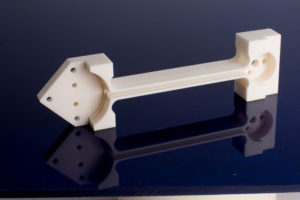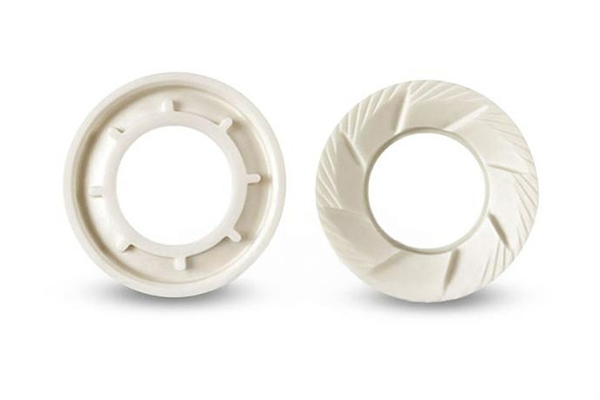How Are Structural Ceramics Used in Modern Industries?

Definition & Properties of Structural Ceramics
Structural ceramics primarily refer to a novel category of ceramic materials that leverage their mechanical, thermal, and chemical properties to function effectively in a wide range of demanding work environments, playing a pivotal role in driving many new technologies forward. They are characterized by superior strength, hardness, insulation, heat conduction, high-temperature resistance, oxidation resistance, corrosion resistance, wear resistance, and high-temperature strength. Therefore, its high stability and excellent mechanical performance under very strict environmental or engineering application conditions have attracted much attention in the material industry. Nowadays, the requirement for high precision, high abrasion resistance, and high-reliability mechanical components or electronic components are increasingly strict in the global and domestic industries, so the demand for ceramic products is highly valued, and its market growth rate is considerable.

Structural Ceramics for Space Technology
In space technology, building a spaceship requires structural materials and protective materials with high strength, lightweight and long life that can withstand high temperatures and rapid temperature changes, and structural ceramics have an absolute advantage in this respect. Carbon-quartz composite ablative materials have been successfully used to launch and recycle artificial earth satellites since the first spacecraft began using high and low-temperature insulation tiles. The future development of space technology will rely more on the application of new structural materials, in which structural ceramics, especially ceramic matrix composites and carbon/carbon composites, are far superior to other materials.
Structural Ceramics for Military Industry
High-performance structural ceramics play an important role in the development of the military industry. The success of advanced subsonic aircraft, for example, depends on the application of high-toughness and high-reliability structural ceramics and fiber-reinforced ceramic matrix composites.
Structural Ceramics for Optical Communication Industry
The optical communication industry is one of the fastest developing high-tech industries in the world, the world’s output value of which has exceeded 3 billion us dollars. The reason why it develops so rapidly depends on the research of fiber loss mechanisms and the use of fiber joint structural materials.
Structural Ceramics for Integrated Circuit Manufacturing
With the trend of high density and high power of semiconductor devices, the development of the integrated circuit manufacturing industry urgently requires the development of a new type of substrate material with good insulation and fast thermal conductivity. The high thermal conductivity aluminum nitride and silicon carbide substrate materials developed in the late 1980s are gradually replacing the traditional aluminum oxide substrate. Aluminum nitride-glass composite has become a hot topic in the field of electronic packaging materials. Its thermal conductivity is 5-10 times higher than that of alumina glass, and it can be fired with silver, copper, and other wiring materials, so as to produce a good thermal conductivity and electrical properties of the multi-layer wiring board.
Conclusion
In conclusion, structural ceramics are a category of ceramic materials that possess superior mechanical, thermal, and chemical properties, which make them ideal for use in demanding work environments. They offer high strength, hardness, insulation, heat conduction, high-temperature resistance, oxidation resistance, corrosion resistance, wear resistance, and high-temperature strength. Structural ceramics are widely used in various industries such as space technology, military industry, optical communication industry, and integrated circuit manufacturing. The use of these ceramics in these industries has significantly contributed to the development of new technologies, and their market growth rate is considerable. Furthermore, the future development of these industries will rely more on the application of new structural materials, in which structural ceramics, especially ceramic matrix composites and carbon/carbon composites, are far superior to other materials.
Advanced Ceramic Materials (ACM) supplies high-quality ceramics and related products to meet our customers’ R&D and production needs. Please visit https://www.preciseceramic.com/ for more information.
{{item.content}}
LEVE A REPLY
{{item.children[0].content}}
{{item.content}}
LEAVE A REPLY
SUBSCRIBE OUR NEWSLETTER
- What Are Structural Ceramics and Why Are They Important?
- N-Type and Semi-Insulating SiC: Choosing the Right Material for Power and RF Devices
- Alumina Bearing Balls: How a Tiny Ceramic Sphere Is Redefining Precision in Extreme Environments
- Thermal Management in Power Electronics with Hexagonal Boron Nitride
- Why Alumina Grinding Balls Are Replacing Steel Across Multiple Industries











